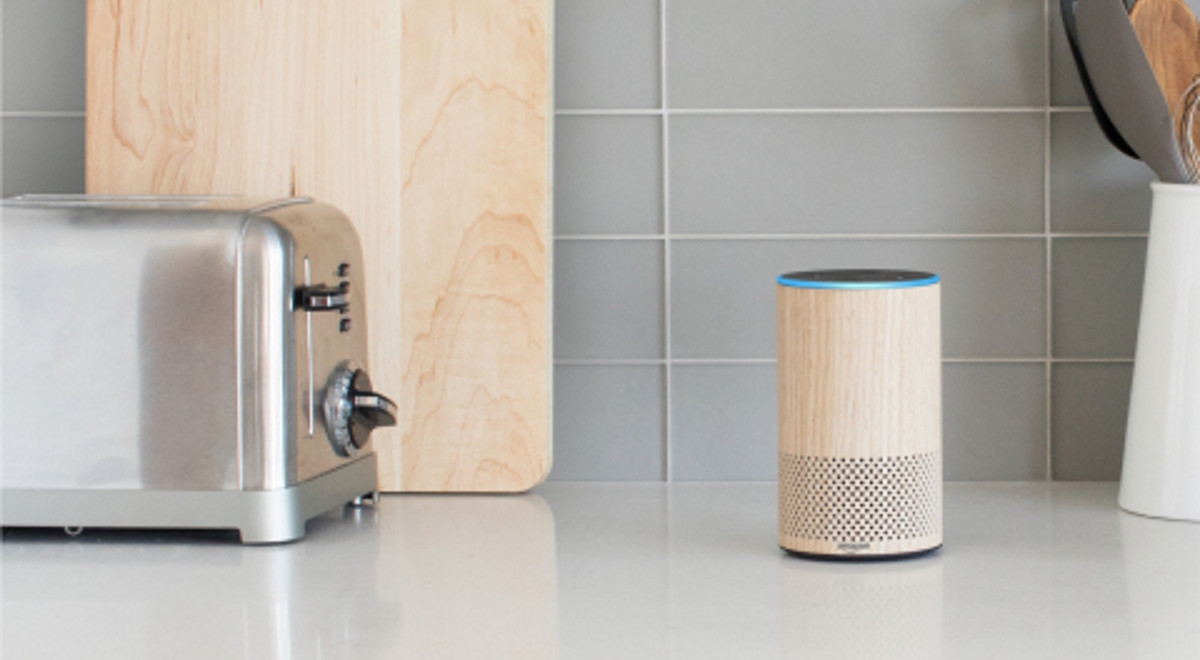A number of consumers now use voice search for research, but unsure about purchases
- Wednesday, May 8th, 2019
- Share this article:
 More consumers are now using voice assistant devices, such as Amazon Echo and Google Home, to research items, while a growing number of shoppers now feel compelled to click on social media ads.
More consumers are now using voice assistant devices, such as Amazon Echo and Google Home, to research items, while a growing number of shoppers now feel compelled to click on social media ads.
According an Episerver survey of 4,500 consumers across eight countries, there has been an 83 per cent year-over-year increase in the number of shoppers who research items using AI-powered voice devices.
However, security concerns continue to play a factor in how comfortable consumers are with making voice purchases. `Despite 17 per cent of online shoppers now make voice purchases at least once a month, compared to 11 per cent in 2017, 43 per cent of consumers cite a lack of security features as the number one reason they won’t make voice purchases. This was followed by lack of product images (35 per cent) and difficulty comparing products (33 per cent).
Meanwhile, 63 per cent of online consumers have click on a social media ad, with 33 per cent making a direct purchase as a result. 52 per cent of online shoppers who use social media have clicked on an influencer’s post, and 31 per cent have made a direct purchase from an influencer post. Moreover, almost the same number of shoppers (12 per cent) are using social media for inspiration as those (11 per cent) who use a brand’s website.
“Where voice commerce currently lacks, social commerce excels,” said Ed Kennedy, senior director of commerce at Episerver. “Our data indicates social media drives purchases and has massive sway over younger consumers. It has evolved from networks’ early testing of primitive ‘buy now’ buttons to a native part of people’s everyday lives in which scrolling quickly turns into shopping. Retailers looking to prioritise efforts for the remainder of the year need to look at what is currently working and who is helping drive awareness and ultimately purchases.”
















